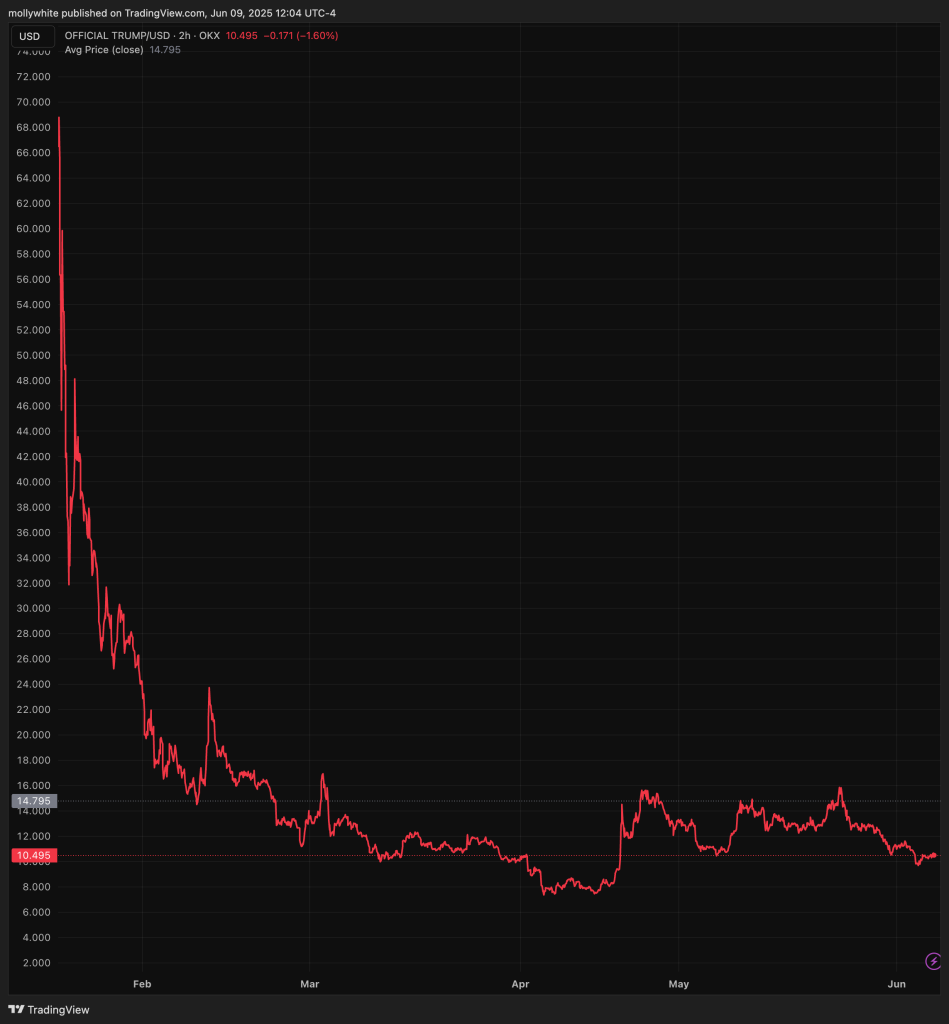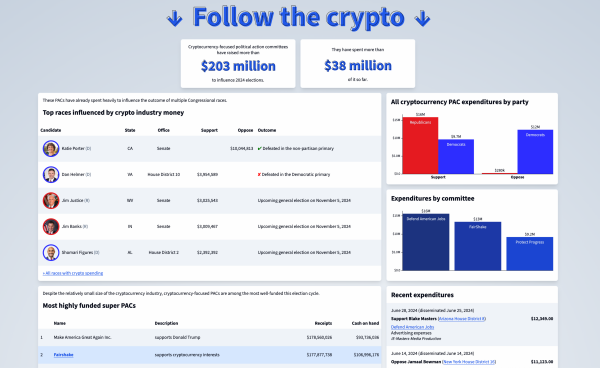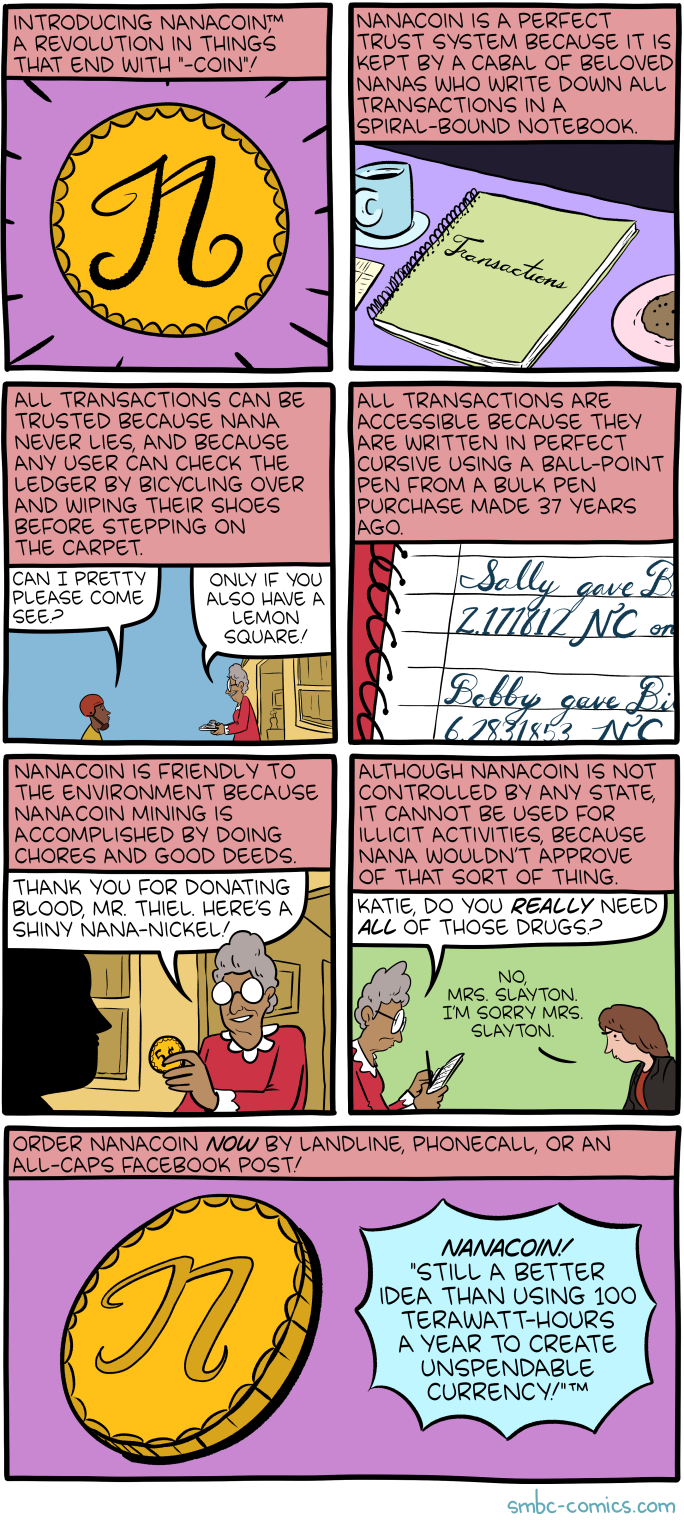Search
Items tagged with: cryptocurrency
It’s finally time to release my newest project: https://www.followthecrypto.org/
This website provides a real-time lens into the cryptocurrency industry’s efforts to influence 2024 elections in the United States.
#crypto #cryptocurrency #elections #USpol #lobbying
Follow the Crypto
Follow the cryptocurrency industry’s influence on 2024 elections in the United States.Follow the Crypto
The Ponzinomics: When you pay money for nothing, and stash your nothing in a protocol with the expectation that it will give you a 20 percent yield—all you end up with is 20 percent of nothing.
https://neilzone.co.uk/2022/02/i-have-a-complicated-relationship-with-cryptocurrency
They still hold true, I think, with even more weight on the environmental damage.
I still have a small amount of Bitcoin in a hardware wallet, but we don’t accept payment in cryptocurrency, and I doubt the wallet even has charge.
I always knew that there was something fishy about LBRY.
https://www.theguardian.com/technology/2023/jul/16/lbry-closes-odysee-cryptocurrency-tech-sec-fraud-extremist

Extremist-friendly tech company closes after fine for securities fraud
Experts say LBRY’s failure casts shadow on future of other ‘alt-tech’ sites as Twitter becomes more receptive to far rightJason Wilson (The Guardian)
This week #deepfake shenanigans strike users of troubled crypto firm #FTX, the perils of charging your electric vehicle, and is Microsoft’s takeover of Activision good news for video game fanatics.
All this and much much more...
Find @smashingsecurity in your favourite #podcast app or listen to the latest episode at https://www.smashingsecurity.com/299
#cybersecurity #cryptocurrency
299: EV charging risks, FTX, and an ancient apocalypse
Deepfake shenanigans strike users of troubled crypto firm FTX, the perils of charging your electric vehicle, and is Microsoft's takeover of Activision good news for video game fanatics.Smashing Security
Mais promis on va faire avec du renouvelable.... ☠️
https://www.presse-citron.net/le-minage-de-bitcoins-consomme-plus-delectricite-que-certains-grands-pays/
I'm no expert, though, feel free to prove me wrong!
An Ethereum contract I wrote has done over 100ETH (180,000 USD) of sales on #OpenSea in less than 24 hours
I don't get a cut of sales (the artists do!) but I was compensated fairly for my work in valuable digital cards 😀









